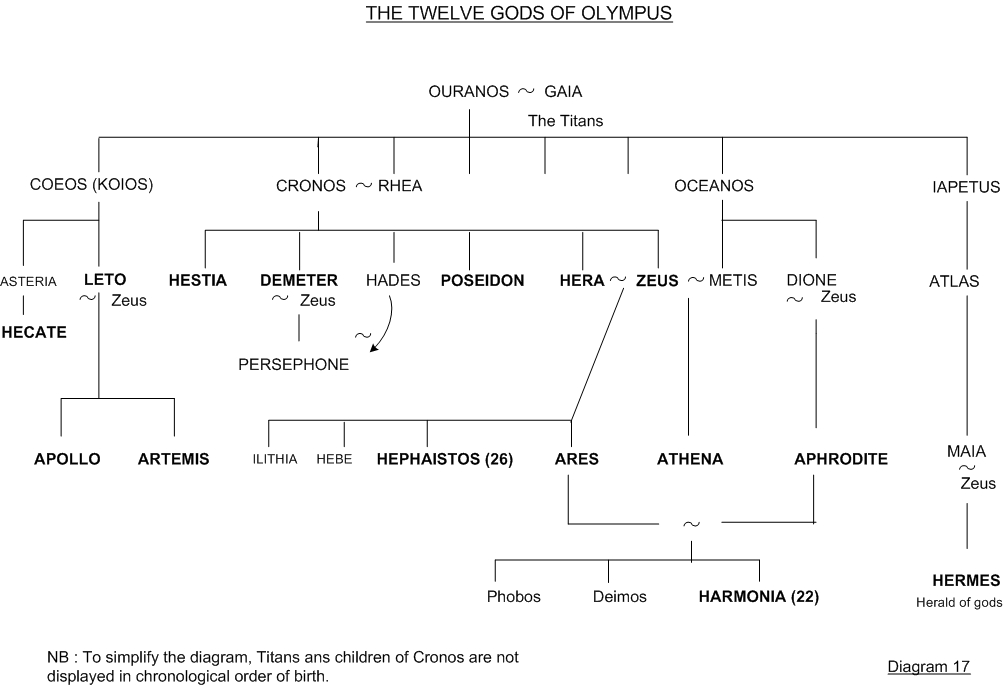

The Great Goddess unites opposites within herself: light/ darkness, upper and lower worlds, birth-death-and re-birth. The Great Goddess appears in mythologies from all over the world: Greek She was the source of the great cycle of existence -life, death, re-birth. Preceding the introduction of the patriarchal system of male sky gods, early Europe was dominated by the so-called Great Goddess, a powerful, creative force who through parthenogenesis (conception without sex) gave birth to the universe. 30,000-25, 000 B.C., Paleolithic (see the webpages constructed by Christopher Witcombe dedicated to the Venus of Willendorf)

Son of Zeus and a mortal woman, the only hero admitted by the gods to Mount Olympos and granted immortality.ĭaughter of Zeus and Demeter, wife of Hades Son of Zeus and Semele (daugher of Cadmus, king of Thebes) Winged sandals, winged cap, caduceus (winged staff entwined with serpents)īrother of Zeus and husband of Persephone Male messenger of the gods trickster and thief good luck, wealth, travel, dreams, eloquence. Son of Zeus and Maia (eldest daughter of Titan Atlas) Solar light, reason, prophecy, medicine, musicĭaugher of Zeus and Leto sister of Apollo. Son of Zeus and Leto (daughter of the Titans Coeüs and Pheobe) brother of Artemis Hesiod: she sprung from the sea foam that formed around the severed genitals of Uranus. Homer: daughter of Zeus and Dione (a Titan) Owl, Armor, shield, gorgoneion (head of Medusa on breast plate) War (strategy), wisdom, weaving, protector of Athens Sprung from the head of Zeus fully-formed.

Queen and mother of gods women, marriage, maternity.ĭaughter of Zeus, but not of Hera. (adapted from Laurie Schneider Adams, Art Across Time, 2nd ed., p. Art Home | ARTH Courses | ARTH 209 Home |


 0 kommentar(er)
0 kommentar(er)
